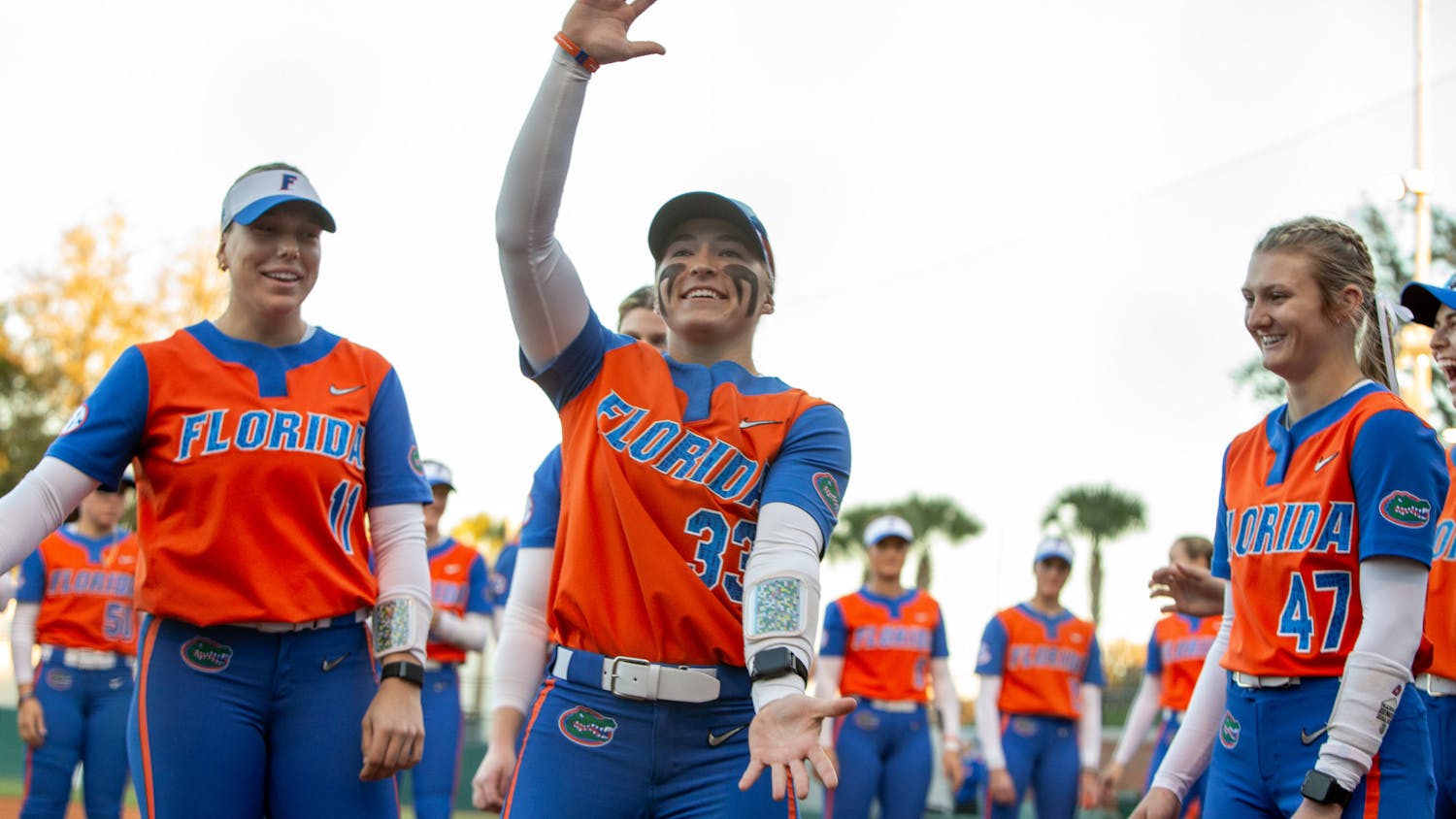More than 50 percent of students are white in every UF college besides one.
Despite these numbers for the colleges overall, a National Science Foundation report released this year found that UF ranks high in its number of African American and Latinx doctoral students in science and engineering. The university scored higher than universities well-known in these fields, such as the Massachusetts Institute of Technology and Harvard University.
The foundation ranked UF ninth out of the top 30 universities of black science and engineering doctorate recipients, with 75 graduates from 2007 to 2016.
The university is ranked fourth for Hispanic or Latinx recipients, with 184 graduates in this category, according to the report. This averages to about four to 13 African American graduates and five to 19 Hispanic graduates every year.
The UF Herbert Wertheim College of Engineering’s enrollment for undergraduate and graduate programs combined is 49.25 percent white, according to a UF report. This is the only college that didn’t have more than 50 percent white students.
Each college has its own microculture, so each needs to be treated differently when addressing diversity, said Antonio Farias, the UF Chief Diversity Officer.
Since starting at UF in May, Farias established an initiative to put campus diversity liaisons in each college. The role of these liaisons is to expand diversity on campus by recruiting a diverse group of applicants and student majors, Farias said. The liaisons will also work with the UF Office of Community Relations, which develops and maintain relationships with North Central Florida communities.
Because the liaisons are new, the university will evaluate how well they perform and then decide its next steps to address diversity, said Susan Crowley, the UF Community Relations assistant vice president.
“We need a diverse university in order to have a diverse education for our students,” Crowley said. “We need to be sure our university is reflective of the world.”
The UF Office of Community Relations also worked with Gainesville to create a racial equity study, she said. The UF Bureau for Economic and Business Research completed the study and released it in January 2018.
The UF Office of Community Relations also worked with Gainesville to staff a racial equity study to show inequality in the area, she said. The department served as a bridge between UF and the community to solve inequality and improve diversity.
“Doing the work we did in the general community certainly set the stage for us to now work with diversity on campus,” Crowley said.
Nathan Athouriste, the UF Black Student Union assistant secretary, hopes to see more changes specifically in his college, the UF Heavener School of Business, he said.
The college has 4.21 percent black or African American students enrolled, while white students make up 62.53 percent, according to a UF report.
This suggests that inequity is a problem in this college, and its diversity can be improved, Athouriste said.
“We need to increase diversity by the numbers, as well as educate students on the matter,” the 19-year-old UF marketing sophomore said. “Underrepresented communities should be given the right resources to be successful.”
The UF College of Medicine also primarily enrolls white students, according to UF reports. Overall, in the school, 58.71 percent of students are white, while 9.01 percent are Hispanic or Latinx and just 6.21 percent are black or African American.
Madeline Joseph, the recently appointed associate dean for Inclusion and Equity for the UF College of Medicine in Jacksonville, said this new position is a big step in increasing diversity in the college.
The position was created to widen the scope of the diversity liaison team beyond the parameters of campus at the teaching hospital located in Jacksonville, Joseph said.
The College of Medicine in Jacksonville currently has a mentoring program in the works to offer underrepresented medical students the opportunity to be mentored by an underrepresented faculty member, Joseph said.
“Diversity and inclusion are critical for true innovation and high performance of teams in the medical field since it breaks barriers that hinder our progress,” Joseph said.
The UF Health Diversity Council is pursuing initiatives to work with veterans, LGBTQ+ members and millennials to ensure equity across the board, she said.
Gender, sexual orientation, religious beliefs and socioeconomic status all play a part in understanding diversity in the medical field, Joseph said.
“Diversity in health care is complex, and it is much more than just a language barrier,” she said. “It is about understanding our patients and families within the larger context of culture.”
Liberal Arts and Sciences:
White- 53.81%
Black or African American- 9.81%
Hispanic/Latinx- 16.66%
Nursing:
White- 69.39%
Black or African American- 8.15%
Hispanic/Latinx- 11.64%
Medicine:
White- 58.71%
Black or African American- 6.21%
Hispanic/Latinx- 9.01%
Business:
White- 62.53%
Black or African American- 4.21%
Hispanic/Latinx- 14.69%
Engineering:
White- 49.25%
Black or African American- 3.98%
Hispanic/Latinx- 14.77%





